
Long Bien Bridge was constructed by the French in the 19th century. Construction on the 1,682-metre long bridge started in 1899 and was finished in 1902. It was expanded in 1924 to serve motorised transport.

Long Bien Bridge was hit 14 times by bombs with many piers and seven spans heavily damaged by US airstrikes in 1965 and 1972. The bridge was then restored and mended but its original design was preserved.

In the early 1980s, Chuong Duong Bridge was built next to the Long Bien Bridge to serve the increased traffic volumes in the capital city.
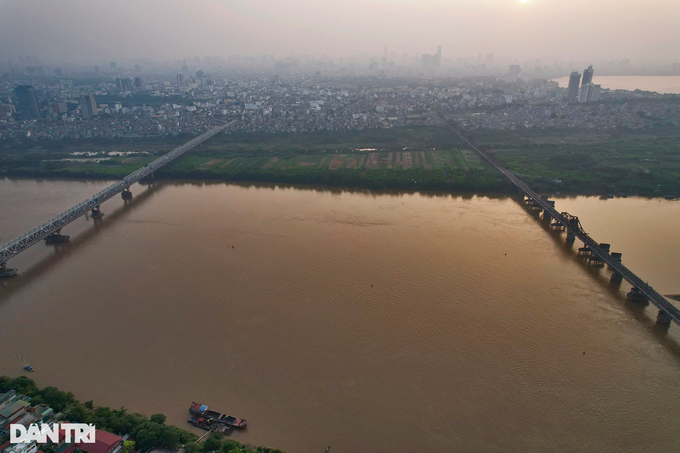
The two bridges connect the two inner districts of Hoan Kiem and Long Bien.
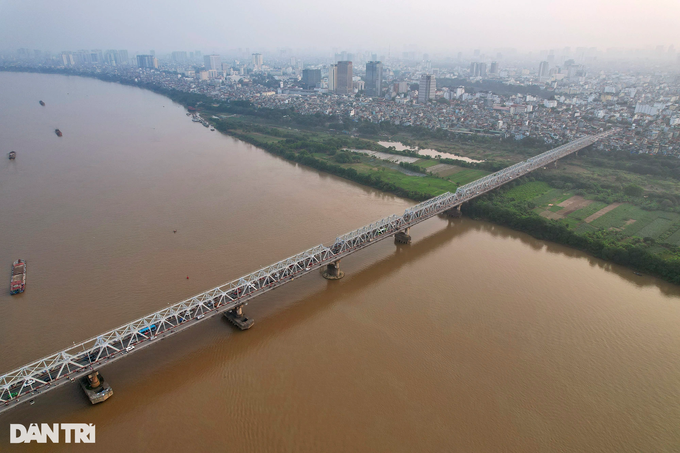
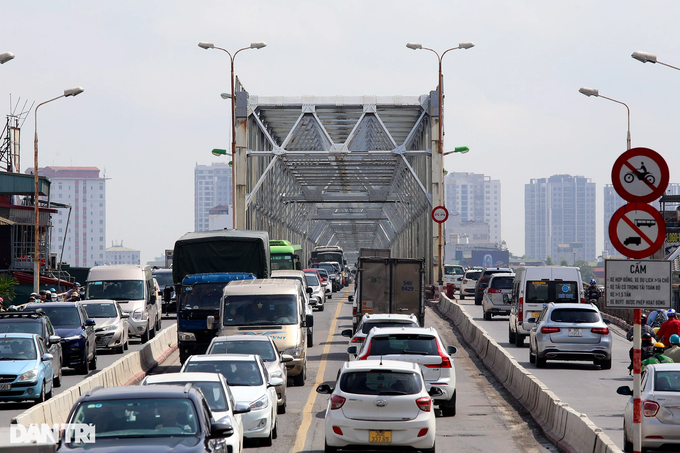
Chuong Duong Bridge is 1,210 metres long and made from steel.

Thang Long Bridge was constructed in 1985 with the support of the Soviet Union and was among the largest bridge projects in South East Asia at that time.
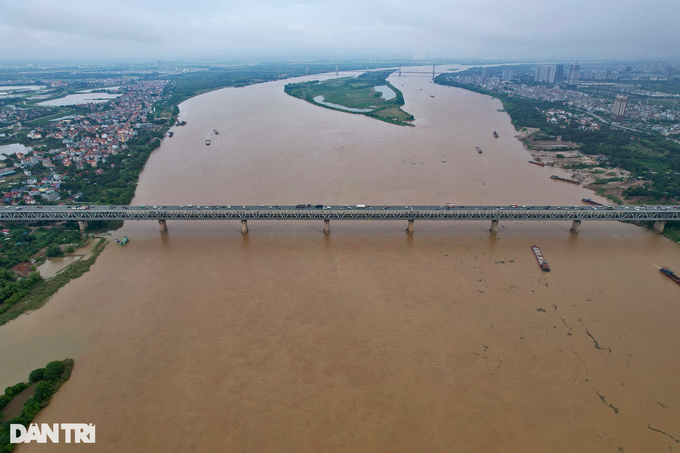
Thang Long Bridge which connects Dong Anh and Bac Tu Liem districts has a total length of 3,250 metres. It is about 11 kilometres from Long Bien Bridge.
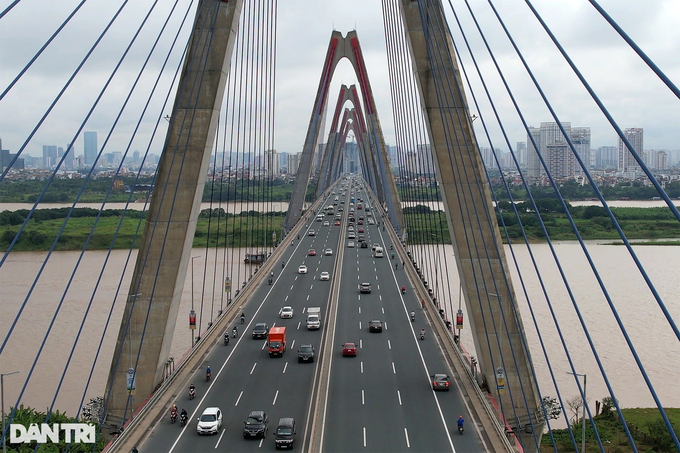
Opening to traffic in 2015, Nhat Tan Bridge is the most modern of the six bridges spanning the Red River in the capital.
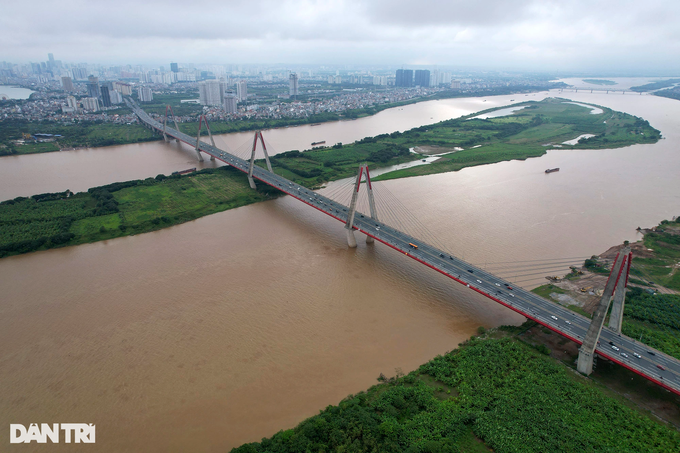
This is the biggest cable-stayed bridge in the country and was built with support from the Japanese government. The bridge helps shorten the route between Noi Bai International Airport and Hanoi city centre.
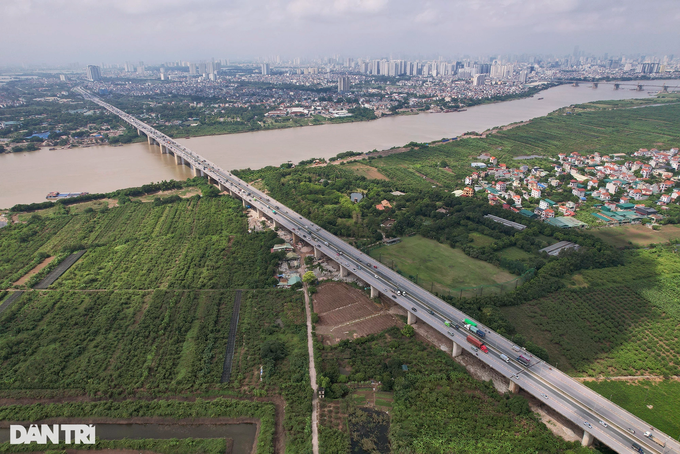
Thanh Tri Bridge, which was put into operation in 2007, connects Hoang Mai and Gia Lam districts.
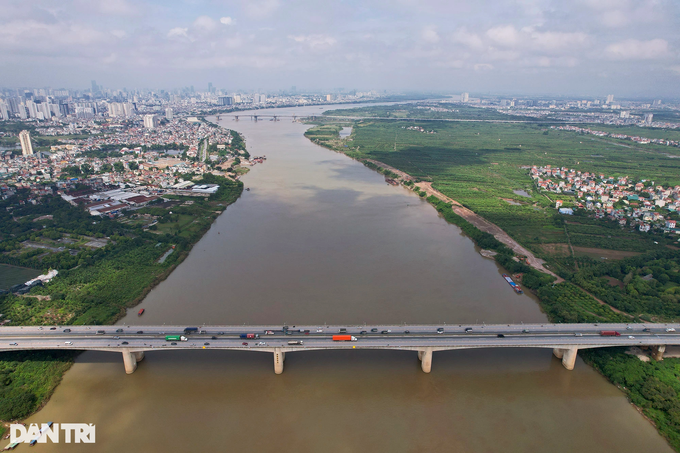
The three-kilometre USD410-million-invested bridge was built with Japanese ODA.
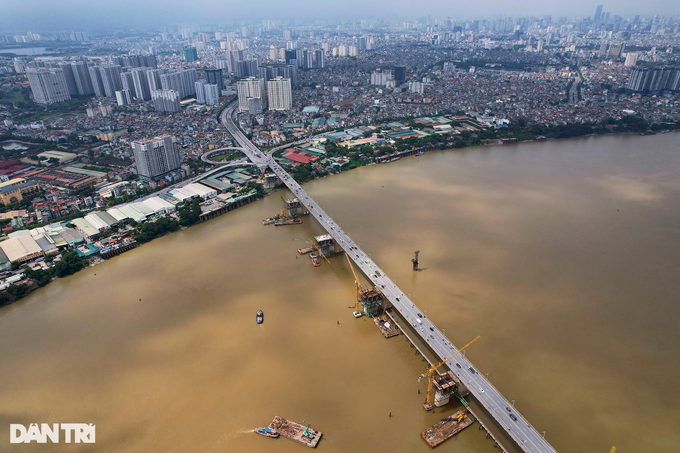
Vinh Tuy Bridge lies in the two districts of Hai Ba Trung and Long Bien.
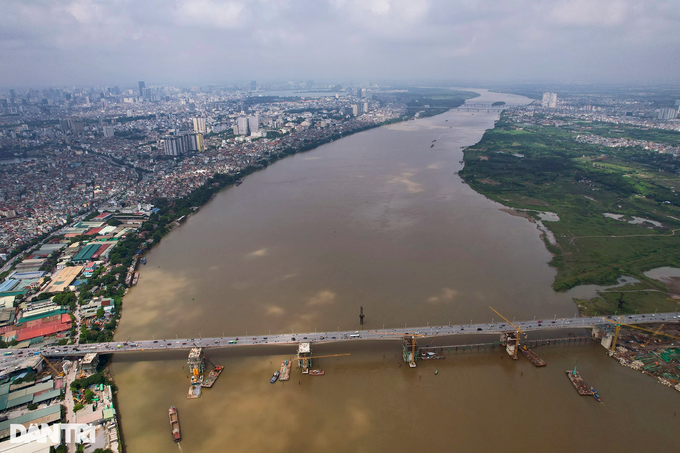
The bridge has a total length of 5,830 metres including 3,778 metres spanning the Red River.

Vinh Tuy Bridge is now being extended with more lanes.
